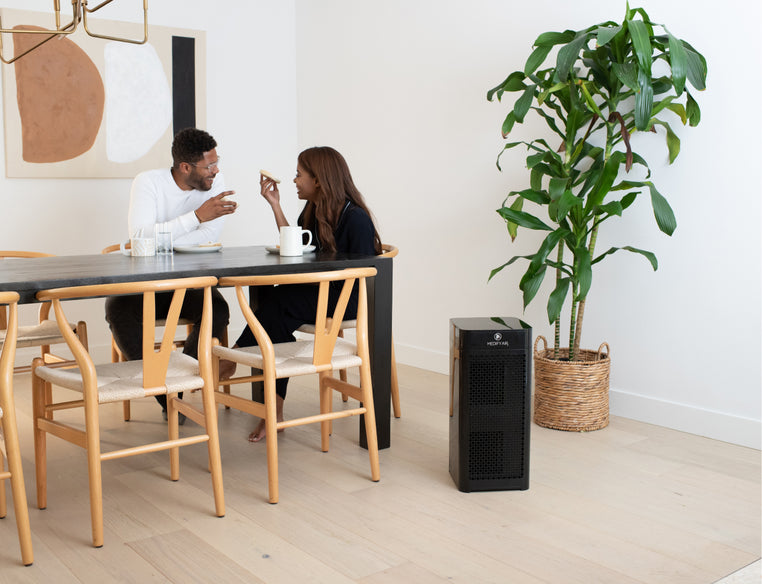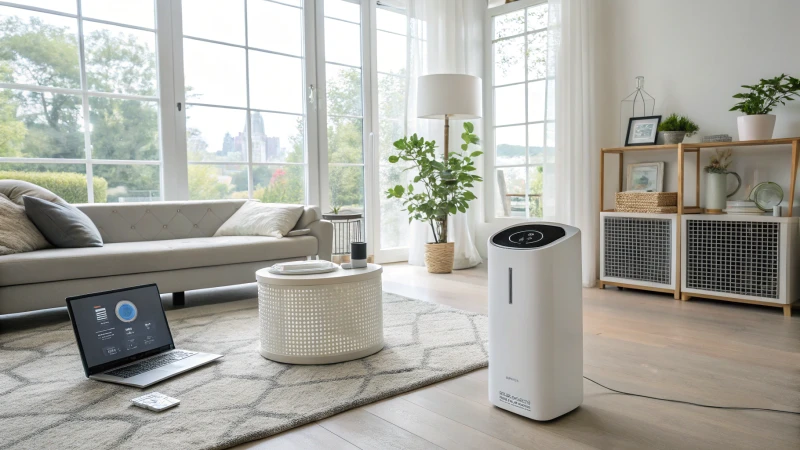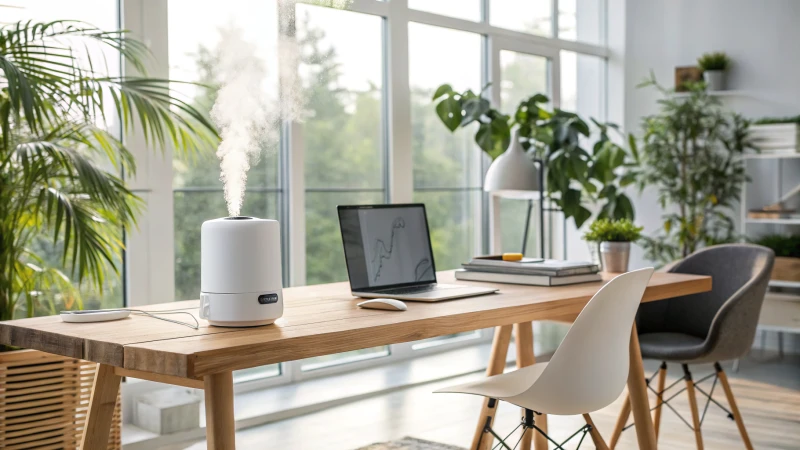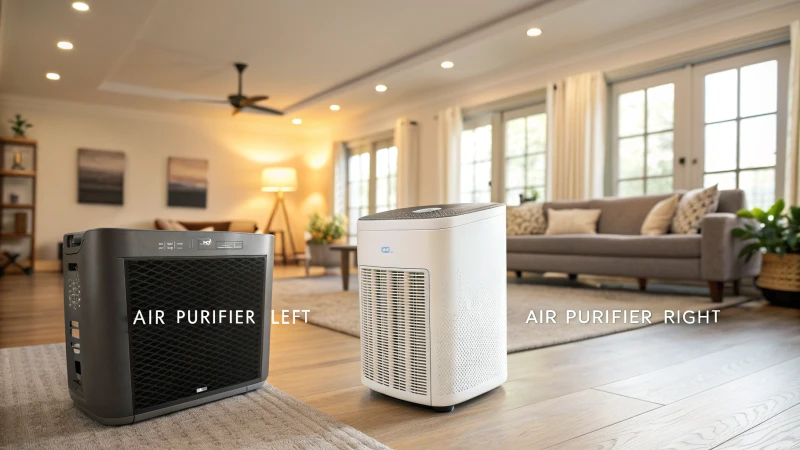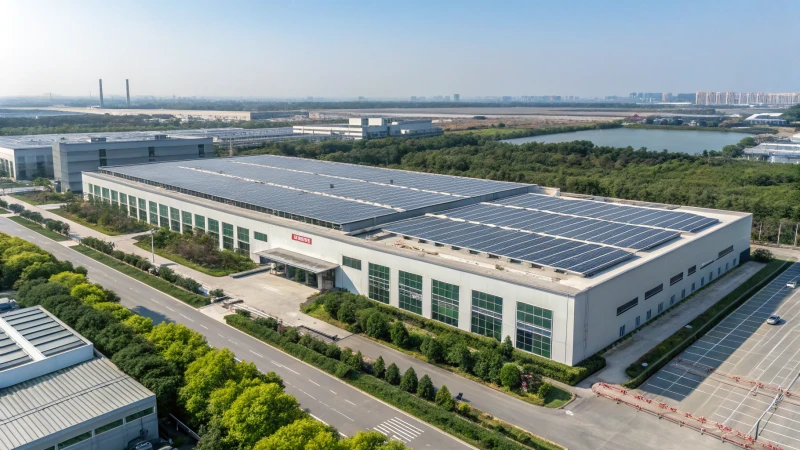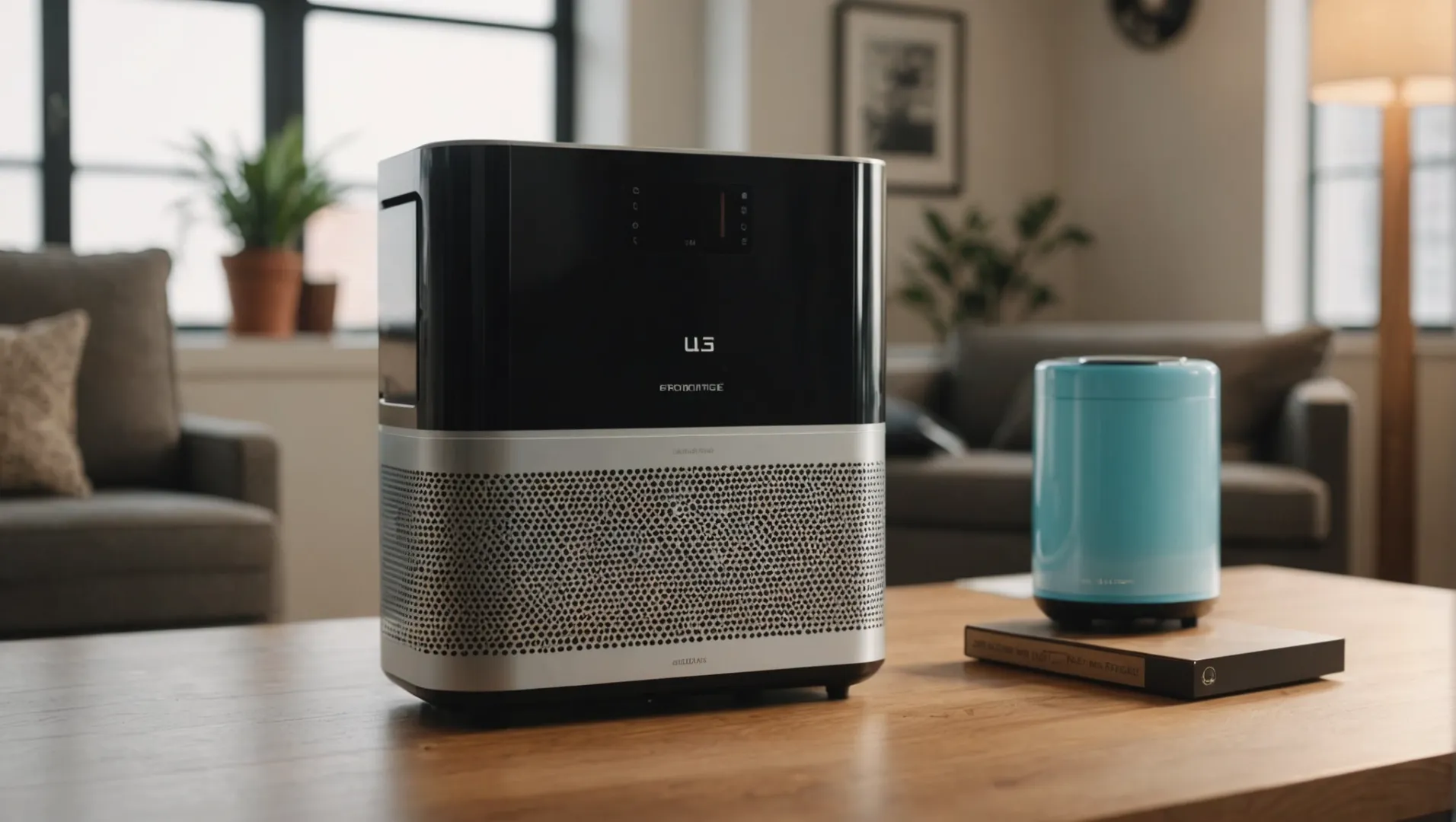
Navegar no mundo dos purificadores de ar pode parecer um labirinto - especialmente quando se trata de segurança e conformidade!
Para garantir que um fabricante de purificadores de ar cumpre as normas dos EUA, verifique as certificações, tais como UL, FCCe CARB registo. Colabore com fornecedores experientes e familiarizados com estes requisitos para garantir uma conformidade atempada e económica.
Mas compreender os princípios básicos é apenas o começo! Vamos mergulhar em certificações específicas e descobrir como pode selecionar com confiança purificadores de ar que cumprem verdadeiramente as rigorosas normas dos EUA.
A certificação UL garante a segurança do purificador de ar nos EUA.Verdadeiro
A certificação UL confirma a conformidade com as normas de segurança, reduzindo os riscos.
Quais são as principais certificações para purificadores de ar nos EUA?
A compreensão das certificações dos purificadores de ar é vital para os fabricantes que pretendem entrar no mercado dos EUA.
Os purificadores de ar nos EUA devem obter certificações como UL ensaios de segurança, FCC conformidade, e CARB registo para cumprir as normas federais e as exigências do mercado.

Compreender os requisitos de certificação
As certificações dos purificadores de ar são essenciais para a conformidade e a aceitação do mercado nos Estados Unidos. As principais certificações incluem:
-
UL Ensaios de segurança: Isto garante que o dispositivo cumpre normas de segurança rigorosas. Os fabricantes podem efetuar estes testes em laboratórios certificados como ULIntertek, TUV ou SGS. Embora os custos variem, os prazos são geralmente de 8 a 10 semanas.
-
FCC Conformidade: Os purificadores de ar devem ser aprovados pela Federal Communications Commission (FCC), crucial para dispositivos que emitem sinais electromagnéticos.
-
CARB Registo: O California Air Resources Board (CARB) é obrigatório para a venda de purificadores de ar na Califórnia, garantindo baixos níveis de emissão de ozono.
Certificações adicionais
Para além do básico, os purificadores de ar também podem exigir:
-
DOE Testes: O Departamento de Energia (DOE) avalia a eficiência energética, com impacto na relação custo-eficácia e na pegada ambiental.
-
AHAM Verificação: Certificação da Associação de Fabricantes de Electrodomésticos (AHAM) indica a taxa de fornecimento de ar limpo (CADR), orientando os consumidores quanto à eficácia.
-
Certificação Energy Star: Reconhecido pela Agência de Proteção Ambiental (EPA), o que significa uma eficiência energética superior.
| Certificação | Objetivo | Organismo de ensaio |
|---|---|---|
| UL | Segurança | UL, Intertek |
| FCC | Conformidade electromagnética | FCC |
| CARB | Emissão de ozono | CARB |
| DOE | Eficiência energética | DOE |
| AHAM | Desempenho | AHAM |
| Estrela de energia | Eficiência energética | EPA |
Trabalhar com fornecedores experientes
A colaboração com fornecedores que têm um conhecimento profundo das normas americanas pode simplificar o processo de certificação. Fornecedores experientes geralmente possuem seus próprios CNAS-laboratórios certificados para testes preliminares, o que acelera a certificação por terceiros. Empresas como Hisoair1 possui mais de 20 anos de experiência no alinhamento com as normas do mercado dos EUA.
Para garantir uma conformidade total, os fabricantes devem também considerar a possibilidade de conceber manuais e embalagens que respeitem UL padrões. A parceria com fornecedores experientes não só facilita a navegação eficiente dos processos de certificação, como também garante a adesão aos padrões de segurança e qualidade dos EUA.
O teste de segurança UL é obrigatório para os purificadores de ar nos EUA.Falso
O teste de segurança UL não é obrigatório, mas garante a conformidade com a segurança.
O registo CARB é necessário para vender purificadores de ar na Califórnia.Verdadeiro
A CARB garante baixas emissões de ozono para os purificadores de ar vendidos na Califórnia.
Como é que os fornecedores experientes podem ajudar a cumprir a conformidade?
Aproveitar a experiência de fornecedores experientes pode simplificar a conformidade com as rigorosas normas dos EUA.
Fornecedores experientes fornecem conhecimentos vitais para navegar na conformidade dos EUA, oferecendo informações sobre certificações e processos de teste eficientes, economizando tempo e custos.
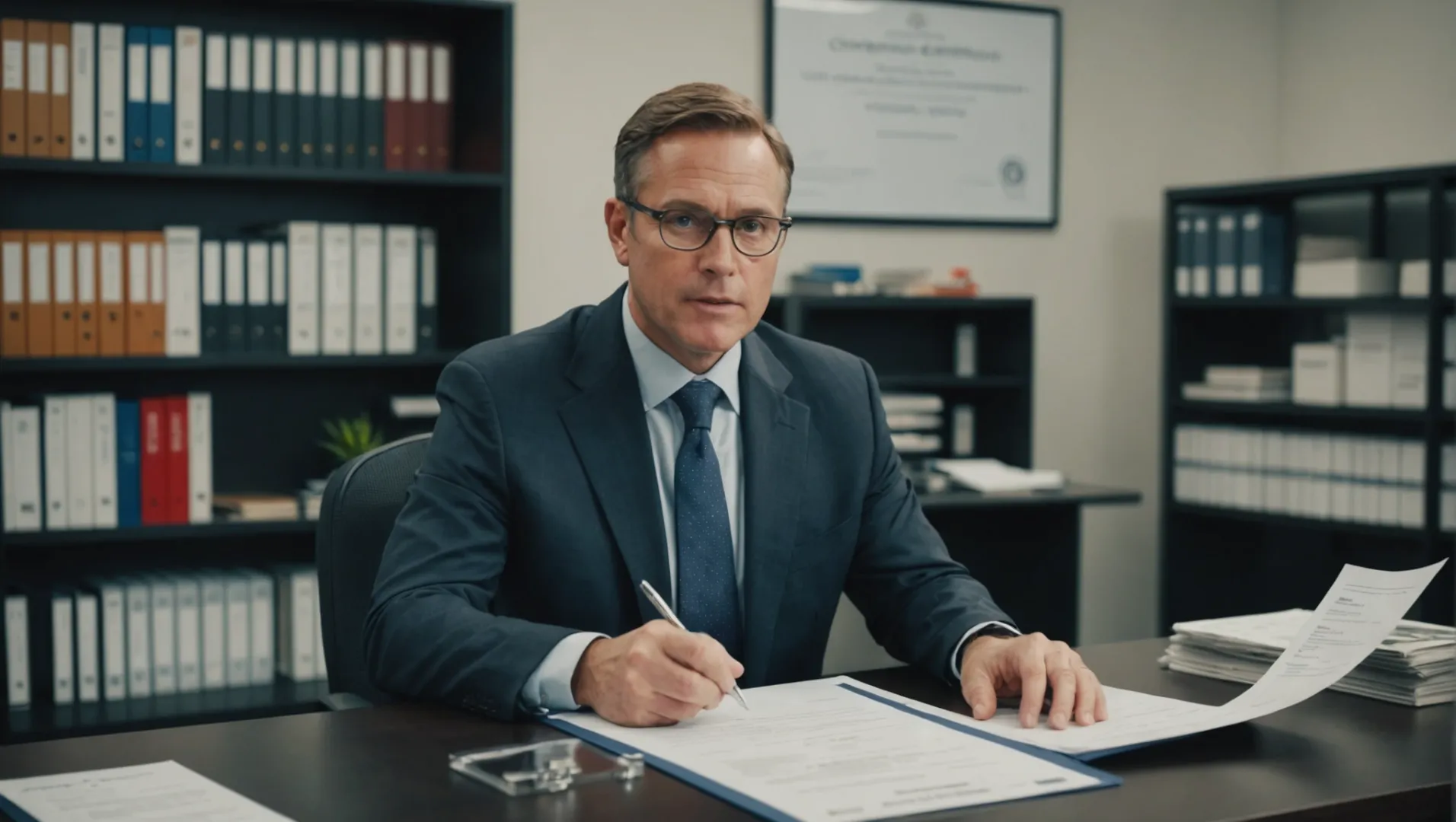
O papel dos fornecedores experientes na conformidade
Navegar no complexo cenário das normas de conformidade dos EUA para purificadores de ar pode ser assustador. Os fornecedores experientes oferecem um apoio inestimável, orientando-o através dos intrincados processos de obtenção das certificações necessárias. Esses especialistas são bem versados em requisitos regulamentares2 tais como UL ensaios de segurança, FCC testes e CARB registo. A sua familiaridade com as nuances de cada processo de certificação pode reduzir significativamente o tempo e os custos.
Racionalização dos processos de teste
Uma das principais vantagens de trabalhar com fornecedores experientes é a sua relação estabelecida com laboratórios de ensaio certificados. Frequentemente, têm parcerias com laboratórios como ULIntertek, TUV e SGS, o que lhes permite acelerar o processo de ensaio. Alguns fabricantes possuem mesmo os seus próprios CNAS-permitindo-lhes efetuar testes preliminares antes de submeterem os produtos a laboratórios de terceiros. Este passo não só acelera o calendário de certificação, como também minimiza potenciais erros, assegurando um caminho mais suave para a conformidade.
Soluções rentáveis
Os fornecedores experientes fornecem frequentemente soluções económicas, recomendando as estratégias de teste mais eficientes. Podem oferecer informações sobre como selecionar os laboratórios certos com base em considerações de custo e prazos previstos. Por exemplo, enquanto UL podem oferecer uma taxa competitiva para testes de segurança, outros laboratórios podem oferecer tempos de resposta mais rápidos para FCC testes. Estas informações permitem às empresas afetar os recursos de forma eficaz e evitar despesas desnecessárias.
Conceção de produtos conformes
Para além dos testes, os fornecedores experientes ajudam na conceção de produtos que cumprem intrinsecamente as normas dos EUA. Orientam os fabricantes no desenvolvimento de manuais de utilizador e embalagens que cumprem UL um componente crítico, mas muitas vezes negligenciado, da conformidade. Ao abordar estes elementos logo na fase de projeto, os fornecedores ajudam a evitar atrasos mais tarde no processo.
Criação de parcerias estratégicas
Optar por trabalhar com um fornecedor que tenha uma vasta experiência em OEM/ODM, como a Hisoair, pode ser um divisor de águas. Com mais de 20 anos de experiência no fabrico de purificadores de ar para o mercado dos EUA, a Hisoair traz uma riqueza de conhecimentos e estratégias comprovadas para garantir que os seus produtos cumprem todas as normas necessárias. A sua experiência em navegação regulamentar3 e a conceção do produto podem melhorar significativamente a sua capacidade de entrar e competir com êxito no mercado dos EUA.
Os fornecedores experientes reduzem os custos de conformidade em 30%.Verdadeiro
Os fornecedores utilizam estratégias eficientes e parcerias de laboratório para reduzir os custos.
Todos os fornecedores experientes dispõem de laboratórios acreditados pelo CNAS.Falso
Nem todos os fornecedores possuem laboratórios CNAS; alguns utilizam laboratórios de terceiros.
Porque é que UL Testes de segurança essenciais para purificadores de ar?
Assegurar que o seu purificador de ar é UL garante segurança e fiabilidade aos consumidores americanos.
UL O teste de segurança para purificadores de ar é crucial porque confirma que o produto cumpre rigorosas normas de segurança, minimizando os riscos de perigos eléctricos ou avarias. Esta certificação garante aos consumidores que o dispositivo funciona de forma segura e eficaz em várias condições.
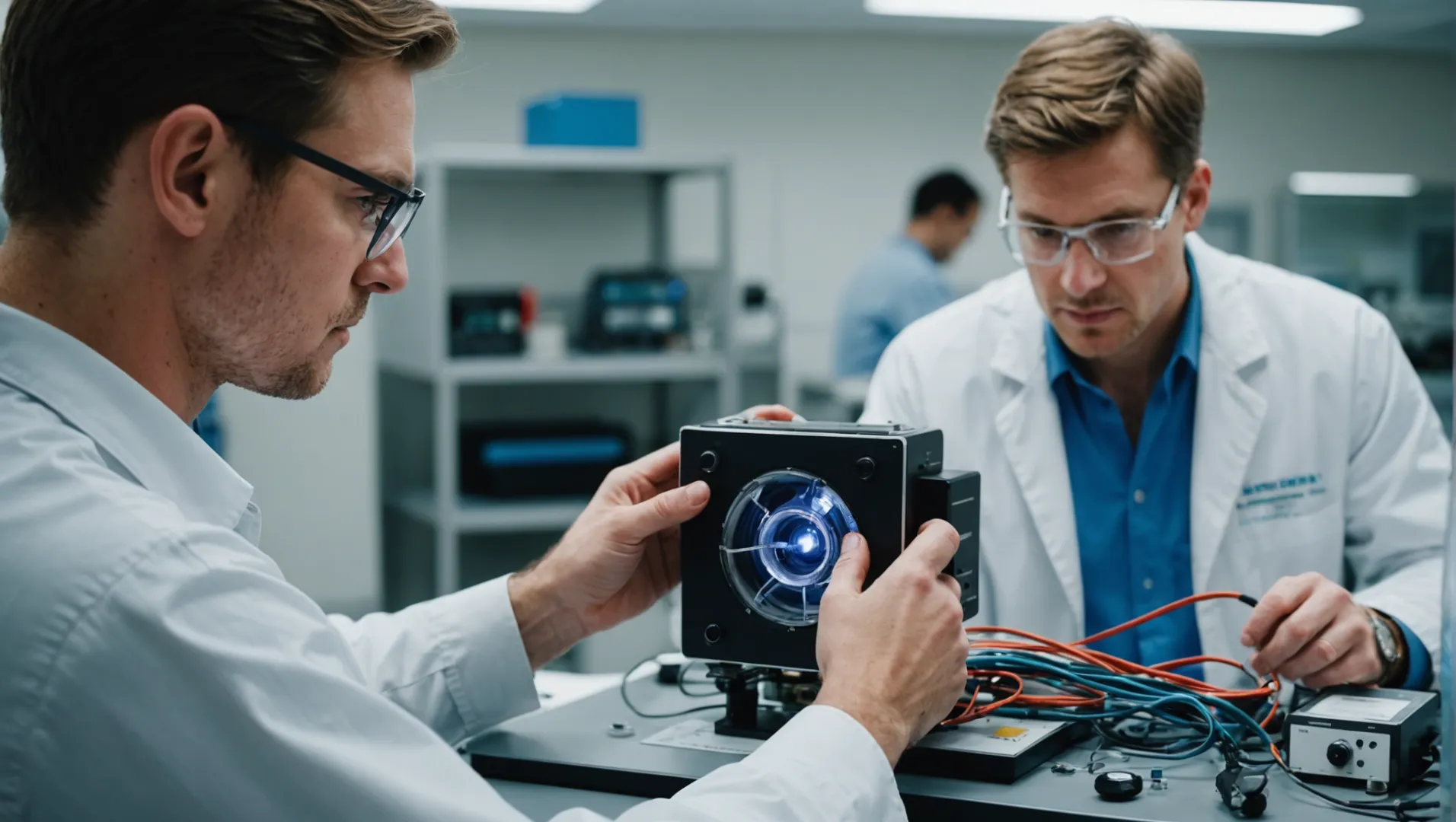
Compreensão UL Certificação
ULA Underwriters Laboratories é uma organização mundialmente reconhecida que se dedica a promover a segurança através de normas de teste rigorosas. Para purificadores de ar, UL testes de segurança4 centra-se na avaliação da segurança eléctrica e contra incêndios, garantindo que os dispositivos não representam riscos para os utilizadores. Este teste envolve uma série de verificações, incluindo avaliações de componentes eléctricos, inflamabilidade do material e construção geral.
O processo de teste
O UL O processo de teste é minucioso e demorado, durando normalmente 8 a 10 semanas. Envolve várias fases, tais como:
- Avaliação inicial: Determinar se a conceção do produto está em conformidade com as normas de segurança.
- Testes: Realização de testes rigorosos em protótipos para simular a utilização no mundo real.
- Certificação: Emissão de um UL se o produto for aprovado em todos os ensaios.
Estas etapas são efectuadas em laboratórios especializados como o Intertek ou o TUV, que oferecem prazos e custos semelhantes.
Importância da UL Certificação
Ter um UL num purificador de ar serve como garantia de qualidade para os consumidores. Significa que o produto foi testado e verificado de forma independente para cumprir critérios de segurança específicos. Este facto é crucial para confiança dos consumidores5pois garante o funcionamento seguro e eficaz do aparelho.
Para além disso, UL A certificação pode facilitar a entrada no mercado dos EUA, uma vez que é frequentemente um pré-requisito para outras aprovações regulamentares, como FCC ou DOE testes.
Trabalhar com fornecedores experientes
A colaboração com fornecedores com experiência em normas americanas pode simplificar o processo de certificação. Estes fornecedores têm frequentemente um conhecimento profundo dos requisitos de conformidade e podem possuir instalações de teste internas como CNAS laboratórios. Esta capacidade permite efetuar um pré-teste antes de enviar os dispositivos para laboratórios de terceiros, poupando tempo e recursos.
Fornecedores como a Hisoair, com mais de duas décadas de experiência no mercado dos EUA, podem ser parceiros inestimáveis. Eles auxiliam na conceção de produtos que cumprem com UL normas desde o início, reduzindo a necessidade de reformulações dispendiosas mais tarde.
Garantir uma conformidade abrangente
Para além UL um purificador de ar deve também ser aprovado noutras certificações, tais como FCC e CARB registo. A parceria com um fornecedor experiente ajuda a navegar eficazmente por estes requisitos adicionais.
Em resumo, embora UL os testes de segurança são fundamentais para certificar os purificadores de ar nos EUA, as colaborações estratégicas e o planeamento abrangente são fundamentais para garantir a total conformidade com todas as normas necessárias.
A certificação UL garante a segurança do purificador de ar.Verdadeiro
A certificação UL confirma que os purificadores de ar cumprem normas de segurança rigorosas.
O teste UL é opcional para os purificadores de ar dos EUA.Falso
Os testes UL são cruciais para a entrada no mercado e para a confiança dos consumidores nos EUA.
How Do You Verify an Air Purifier’s Certification Status?
Verificar a certificação de um purificador de ar é fundamental para garantir a sua segurança e eficiência.
To verify an air purifier’s certification status, check for official labels from recognized bodies like UL, FCCe CARB. Estes rótulos significam a conformidade com normas rigorosas de segurança e desempenho, garantindo que o produto cumpre os regulamentos necessários.
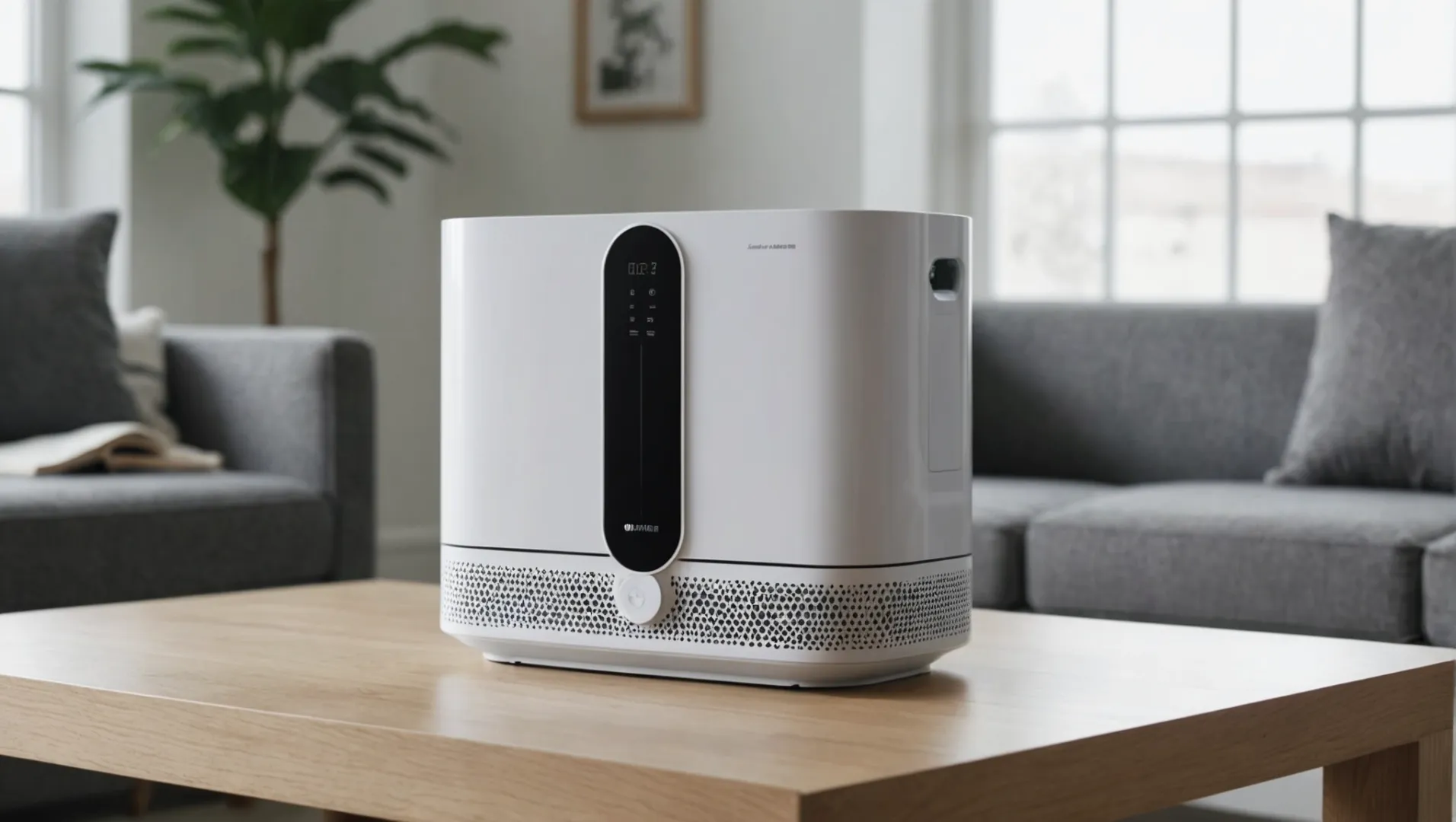
Compreender os rótulos de certificação
Certification labels are pivotal indicators of a product’s compliance with industry standards. For air purifiers, the most crucial certifications include the UL ensaios de segurança, FCC conformidade, e CARB registo. Cada certificação tem um rótulo específico que pode ser encontrado no dispositivo ou na sua documentação.
- UL Certificação: Procurar o UL que garante que o produto foi testado quanto à segurança eléctrica e contra incêndios. Isto é especialmente importante para produtos utilizados extensivamente em casas e escritórios.
- FCC Conformidade: O FCC indica que o dispositivo está em conformidade com as normas de interferência electromagnética, reduzindo o risco de interferência com outros dispositivos electrónicos.
- CARB Registo: Especialmente importante na Califórnia, CARB O registo certifica que o purificador de ar cumpre os limites de emissão de ozono.
Utilização de ferramentas de verificação em linha
Muitos organismos de certificação oferecem ferramentas em linha para verificar o estatuto de certificação de um produto. Por exemplo, a UL base de dados6 permite-lhe procurar um produto pelo seu número de modelo para confirmar a sua UL estatuto de certificação. Isto garante que não está a confiar apenas nos rótulos físicos, que por vezes podem ser enganadores.
Parcerias com fornecedores experientes
É benéfico envolver-se com fornecedores que tenham um forte conhecimento das normas dos EUA. Os fornecedores com experiência em navegar no cenário da certificação podem fornecer documentação e verificação mediante solicitação. Eles também podem orientá-lo na compreensão de processos de certificação complexos e garantir a conformidade com todos os regulamentos necessários.
Pedido de documentação aos fabricantes
Os fabricantes devem fornecer documentação de certificação como parte do seu serviço. Solicite relatórios detalhados dos laboratórios de testes que efectuaram as certificações. Um fabricante com boa reputação não terá problemas em fornecer estes documentos, oferecendo uma camada adicional de confiança na sua conformidade.
Verificação de certificações adicionais
Para além das principais certificações, procure credenciais adicionais, tais como AHAM ou a classificação Energy Star, que indicam um desempenho superior de limpeza do ar e eficiência energética, respetivamente. Isto pode ser essencial para os utilizadores que procuram reduzir o impacto ambiental, mantendo ao mesmo tempo uma elevada qualidade do ar interior.
A certificação UL garante a segurança eléctrica dos purificadores de ar.Verdadeiro
A certificação UL testa a segurança eléctrica e contra incêndios, garantindo uma utilização segura.
O registo CARB não é necessário fora da Califórnia.Falso
O registo CARB é crucial a nível nacional para garantir baixas emissões de ozono.
Conclusão
Ao compreender os processos de certificação e ao estabelecer parcerias com os fornecedores certos, pode garantir que o seu purificador de ar é seguro e eficaz.
-
Learn about Hisoair’s extensive experience with U.S. air purifier standards.: Choose HisoAir for unparalleled expertise in air purification, where our commitment to “Maximum Purification, Minimum Noise” meets the exacting standards. ↩
-
Descubra como os fornecedores especializados simplificam os processos de certificação de forma eficiente..: Ajudam a cumprir os regulamentos de saúde e segurança e aumentam o rendimento, mantendo uma qualidade de produto consistente. ↩
-
Learn how seasoned suppliers aid in compliance and market entry.: Retailers benefit greatly from pricing transparency offered by air purifier suppliers. It aids in informed decision-making, aligns with … ↩
-
Learn about UL’s rigorous testing process ensuring air purifier safety.: In particular for air purifiers, the UL mark signifies the device is not at risk of catching fire or causing an electrical shock to individuals … ↩
-
Compreender como a certificação tranquiliza os consumidores relativamente à segurança dos produtos..: Confie nos nossos testes e certificação abrangentes para validar a qualidade e o desempenho dos produtos, levando as inovações dos electrodomésticos a novos mercados. ↩
-
Verificar as certificações UL utilizando a sua base de dados oficial em linha para a autenticidade..: Esta poderosa base de dados apresenta caraterísticas de pesquisa robustas e intuitivas, opções avançadas de pesquisa e filtragem e acesso a informações do guia de soluções UL. ↩


